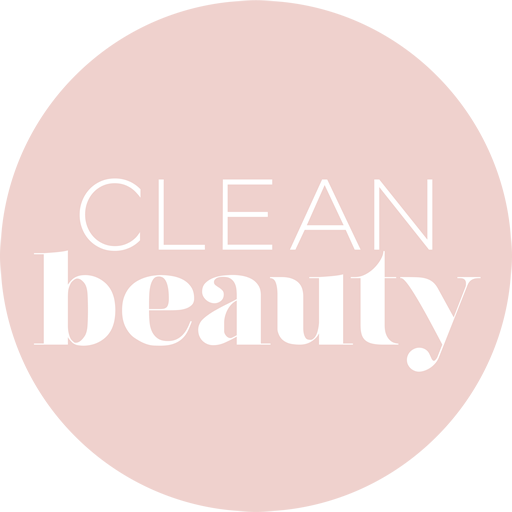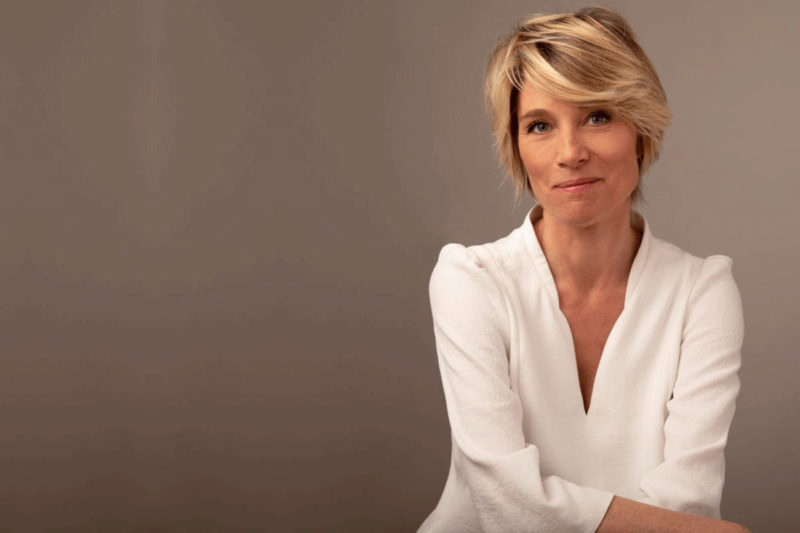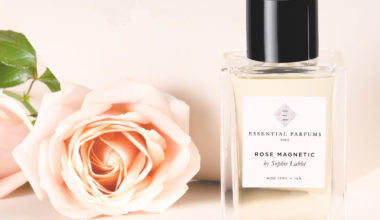You were the first to develop an app for demystifying beauty products. How did you get the idea for it?

First and foremost it’s the work of a team of scientists who were able to identify a major expectation on the part of consumers. We put it together, very principled as we are when it comes to the issue of multiple chemical exposure, to which beauty products contribute. We were getting a lot of questions from consumers on the ingredients of personal care and hygiene products. We thought that a demystifying app could be particularly useful to meet this expectation, which we sensed was very high. An expectation that I had myself, since my commitment towards overhauling the day-to-day product offering was born out of my making acquaintance with one of my associates, a doctor in industrial pharmacy. This happened right when my eldest son had just been diagnosed with extremely severe cognitive disorders. We wondered what might be causing these disorders while, at the same time, a great many research works were demonstrating the role of endocrine disruptors in some brain malfunctions.
In direct contact with consumers, the app very quickly opened up discussion on controversial ingredients. We answered their questions instantly. It met with immediate success, without any advertising. Clean Beauty has now exceeded one million downloads.
How is Clean Beauty different to other apps?
It does not assign scores to beauty products. It analyses the list of ingredients and identifies the presence of controversial ingredients. Clean Beauty uses the list that appears on the product and not the one linked to the barcode as other apps do. That way there can be no error as to the ingredients, unless the photo has not been taken correctly. Clean Beauty allows the consumer to analyse what they are holding on the spot. In addition the app provides precise, rigorous, scientific information on ingredients thanks to our laboratory’s very solid documentation.
You opted to just flag up the presence of a controversial ingredient, without stating the percentage and without assigning a score. Why is that?
For us, it’s not the percentage but the presence of the ingredient that raises a question. And especially the individual’s overall, generalised multiple exposure to this ingredient. Right now, we’re witnessing a change in the assessment of chemical risks. That well-known precept from the alchemist Paracelsus “the dose makes the poison” is blown out of the water by our unchecked exposure and by endocrine disruptors which are exempt from this rule. Exposure to small amounts appears to pose more of a problem than that to high amounts. Beyond this problem, there’s also that of interaction between ingredients: the cocktail effect.
When it comes to beauty products, a woman applies up to 200 different ingredients per day to her skin. On top of that comes exposure to other substances in the environment (food, household upkeep products, furnishings, etc.). So our app does not assign scores, it informs you: “this beauty product contains controversial ingredients that add to your overall exposure”.
What are your plans?
Clean Beauty is going to remain as it is, with, of course constant updating of the information in line with scientific and regulatory changes. However, we have created another oversight utility for beauty brands and their research and development departments. Beautylitic is a software program to help them clean up all of their product formulations so that all of the controversial ingredients can stripped out. It’s known that the ingredients in beauty products are second only to the price in terms of purchase criteria. So the industry has to overhaul its offering under pressure from consumers. Examining household upkeep products is also an issue, but it’s very difficult to access their ingredients lists.
In your view, what is the burning issue currently?
Endocrine disruptors : intangible substances which are very complex. There are cocktail effects between them, and also with other substances and environmental factors. They are accused of playing a part in a great many illnesses and it’s known that their effects manifest themselves down several generations. I feel that brands don’t make enough of a priority of this. It’s a major issue, a public health priority, and the precautionary principle should take precedence.







